Why Do Compression Socks Itch? Relief Tips and Solutions
Key Takeaways
- Compression socks enhance blood circulation by applying gentle pressure on your legs. This helps prevent swelling, reduces fatigue, and helps stop the progression of conditions like varicose veins.
- They’re especially useful for those who are constantly on their feet during the day or seated at a desk.
- There are three main types of compression socks: graduated, anti-embolism, and non-medical support socks. The uses are varied for each type, so choose the type that most closely matches your lifestyle or medical needs.
- Getting the correct fit is key to using them properly. Measure calf and ankle circumference to begin, in centimeters.
- After that, consider the size charts to make sure the socks are going to give you the compression you’re looking for, but not at the expense of comfort.
- If you’ve never worn compression socks before, use a lower level of compression to begin with. Start wearing them for shorter amounts of time to acclimate.
- Go easy and increase your use as your body adapts to them.
- To prevent your socks from losing elasticity and effectiveness, make sure you’re following your care instructions. Ideally hand wash and air dry to prolong the life.
- Finally, you should closely monitor side effects, such as skin irritation or discomfort.
- Never disregard the advice of a medical professional or delay in seeking it because of something you read in our posts.
Compression socks help blood circulate by tightly compressing your legs with gentle pressure. This is because the compression assists your veins in pumping blood back to your heart.
Fashion-forward yet functional, compression can help reduce swelling, tiredness and sore muscles. These socks have charmed the professionals who spend long, exhausting hours on their feet.
They’re used to support recovery and performance in athletes and to reduce symptoms in frequent travelers and people living with chronic conditions. They have different size, materials, and level of compression options.
They are simple to customize to better fit your unique vision and priorities. Now, if you’re treating a medical condition, don’t despair. They’re a smart, easy way to bring more comfort to your everyday life.
Lightweight and easy to wear, they fit seamlessly into daily routines, and significantly improve overall leg health.
What Are Compression Socks
Compression socks are medically engineered hosiery that provide gentle, uniform compression to your legs. Their main function is to increase blood flow and reduce swelling, so their circulation-boosting qualities are a key component of compression socks. People who require to be on their feet for long periods of time usually rely on these stockings to help reduce tired and achy legs.
They are especially helpful for people with certain medical conditions. They serve the purpose for people who want to improve circulation on long trips. They restore venous function and facilitate reduction of venous stasis by helping blood move upwards. This is important for preventing serious complications such as deep vein thrombosis (DVT).
Whether you’re an airline passenger or crew passenger, you can experience the benefits of wearing these medical compression socks on long-haul flights. The socks encourage healthier blood circulation while reducing your chance of developing blood clots by as much as 60%. That increase in circulation directly improves safety for all travelers.
When shopping for compression socks, there are several factors to keep in mind. Quality materials make sure that they’re both durable and enjoyable. Choosing the right size prevents excess compression, which can lead to skin irritation or redness.
These graduated compression socks provide the highest amount of pressure right at the ankle. As they move up the leg to the knee, the compression slowly lessens. This is what gives them their unique design and suitability for effectively treating post-thrombotic syndrome and varicose veins.
For safety, self-prescription is usually appropriate when employing compression levels below 15 to 20 mmHg. Just make sure that your ankle-brachial pressure index (ABPI) is over 1.0. It’s imperative to monitor for any warning signs, like alterations in skin texture or color of the toes. Being vigilant now will avoid worse issues in the future.
How Compression Socks Work
Compression socks are designed with a specific purpose: to support better blood circulation in the legs. They achieve this by way of graduated compression. Typically, the socks will have the most compression at the ankle and exert a decreasing amount of pressure as the socks extend up the leg.
This design is intended to help promote blood flow in the upward direction toward the heart. In doing so, it reduces the opportunity for blood to pool in the lower extremities. If you experience just general fatigue of the legs and at the end of the day they’re tired and achy, these socks will really help a lot. You’ll feel a huge difference immediately!
These socks are particularly beneficial for individuals who are prone to circulation complications. Increased blood flow can extend to the heart, giving relief from non-related conditions like DVT, varicose veins, and diabetes. Compression socks relieve conditions. They’ll work miracles for your comfort and health.
Even bedridden patients can benefit from them. They prevent swelling and treat it and help blood flow, which helps every person who has trouble getting around. In fact, studies have shown that 80% of compression sock users experience significant improvements in these categories.
It turns out athletes, especially runners, have long enjoyed the benefits of compression socks. Compression socks increase your circulation and help prevent muscle fatigue. This body of evidence indicates they can have a large impact on performance.
The bottom line is that ensuring you to wear them for 24 hours a day is perfectly reasonable. Do not wear them while you’re sleeping, as compression does not work as well while you sleep.
Benefits of Compression Socks
Compression stockings are a key ingredient to long-term healthy legs. They provide graduated compression by applying mild to moderate pressure, increasing blood flow and circulation and helping to alleviate a variety of medical conditions. These products are not exclusive to athletes or medical patients.
People are beginning to cotton on to their general benefits, notably for foot care all round. Perhaps the most important advantage of using compression stockings is how effectively they relieve leg pain. They promote blood flow, which reduces that heaviness or fatigue feeling.
This intense sensation usually occurs after a day of prolonged standing or sitting. Most healthcare providers highlight the tremendous advantages to professionals, namely nurses. These benefits are most pronounced in individuals who are on their feet for extended periods of time.
This effectiveness is even more evident for people who are required to be in a standing position for long hours. One clinical trial found nursing students experienced a 14% reduction in pain while working their shifts. This impressive improvement happened during the course of them wearing sports science compression socks.
Swelling in the legs, feet, or ankles is another condition that compression socks can help address. This is especially critical for people with diabetes or other chronic diseases. Research has shown that these techniques are remarkably effective at both reducing edema and improving vascular flow.
They aid in preventing muscle strain after intense exercise. This is what makes them perfect for everyday wear, casual exercisers, and professional athletes.
Compression socks are often suggested as a way to prevent blood clots when traveling long-haul or from a more sedentary lifestyle. They are crucial for supporting veins to prevent the formation of spider veins and orthostatic hypotension (dizziness when standing).
Types of Compression Socks
Compression socks are not one type fits all – each type serves a different purpose. Because they encourage normal circulation, they’re the best option for reducing swelling. By knowing how they differ, you’ll be better able to choose the right pair to suit your lifestyle or medical needs.
The most common type are graduated compression stockings. These specialized types are intended to compress the hardest to reach areas. They then start with a high level of pressure and gradually decrease this amount going up the leg.
This design allows gravity to help make sure that O2 rich blood is flowing as it should, back to heart. They’re the perfect fit for anyone who stands or sits all day long. Compression wear is best at preventing swelling of the legs, as well as treating that and other conditions such as varicose veins.
Anti-embolism stockings are usually ordered for patients with decreased activity or patients convalescing after surgery. We hear from one of our Riverside providers about the dramatic difference these stockings can make. They are able to prevent up to 74 percent of the most serious deep vein thrombosis (DVT), a potentially fatal condition.
Their socket-dynamics compression levels are specially tuned to embrace and stimulate circulation in people who are bedridden. For more serious instances, reported compression stockings are available in specific classes.
Class 2 compression stockings provide 30-40 mmHg of compression, which aids in the management of moderate swelling or venous disorders. Compression class 3 stockings, providing 40-50 millimetres of mercury, are tailor-made for major vascular issues.
These can typically be worn safely all day long—and even while sleeping—with medical supervision, unlike their OTC counterparts.
Choosing the Right Compression Socks
To help you narrow it down to the perfect pair, consider these basic, functional considerations. These important factors will guide you in selecting a pair that will really work for you.
Material quality is extremely important. Look for breathable and durable fabrics such as nylon or spandex to keep you cool, dry, and comfortable.
Proper sizing is essential for both comfort and effectiveness. Socks that are too tight will be uncomfortable and socks that are too loose won’t offer the compression you require.
Select the proper fit to experience cozy comfort with firm support! Compression pressure, typically stated in millimetres of mercury (mmHg), is another important specification.
If you need help with mild swelling, try using a lower pressure like 8–15 mmHg. When used for treatment of medical conditions, select higher pressures, typically 20–30 mmHg.
Compression socks are available in a variety of lengths, from ankle-high to thigh-high, with each length targeting specific areas. Knee-high socks are perfect for everyday wear.
For example, thigh-high options might be the better choice for people who experience more severe circulation issues. They are most effective when they are worn as soon as you get up in the morning when leg swelling is at a minimum.
As a result, people don’t mind wearing their compression socks for hours on end. It’s always recommended to monitor for signs of pain or toe discoloration.
Such changes can be early indicators of circulation problems and should be discussed with your doctor. People who use compression socks find out they’re an easy solution to getting relief from swelling.
By assisting blood flow, compression socks make an effective remedy, primarily for individuals with varicose veins or deep vein thrombosis.
Measuring for Proper Fit
Getting the right fit with compression socks is important to ensure that they feel comfortable while still doing their job. Compression socks promote circulation by using graduated pressure. Wearing the wrong size can make them worthless and lead to avoidable pain.
Research has demonstrated that the majority of people are wearing the wrong size. This urgency underlines the critical need for good, reliable measurements.
Start by measuring around the widest part of your ankle. Measure here at its narrowest point, which is just above the ankle bone (Point A). This is an ideal area for compression and offers an ideal fit, where it matters the most.
Second, take the circumference of your calf at its widest point (Point B). These two measurements are the secret to making sure that you’ll find the right fit. If you fall between sizes, please choose the size based on your ankle measurement.
This important decision will allow you to ensure a safe and proper fit. Having the right fit in this area will provide the perfect amount of compression, not feeling too tight or constricting and never too loose and floppy.
If you’re a non-standard foot size by any measure three UK sizes or more opt for open-toe stockings. Or maybe they simply offer a better fit that feels more like your foot and less like a piece of footwear.
If you struggle with swelling, then ActiLymph hosiery will be better suited to managing those symptoms. Ensure that the sock cuff is level and two fingers’ width above the back of the knee.
How to Use Compression Socks
Compression socks are a simple, easy, and very comfortable method of improving circulation, reducing swelling, and developing healthy legs. To receive the most benefits, it’s extremely imperative that you use them correctly. Here’s a detailed primer to get you up to speed on the new process.
Determine what size and level of compression you need. Compression socks come in varying degrees of compression, measured in millimetres of mercury (mmHg). If you’re looking for something for mild swelling or just everyday wear, go for a lower compression range.
Select 15–20 mmHg for optimal benefits. Medical-grade options, beginning at 20–30 mmHg and higher, are better suited for healing varicose veins or post-surgical care. Make sure the socks fit tightly but not to the point of pinching and that they aren’t leaving indentations on the skin.
When you’re properly fitted, you should have 20-30 mmHg of compression at the ankle. As it moves up your leg, it should be slightly less tight.
It’s best to wear them first thing in the morning when your legs aren’t as swollen. First, roll the crew-length sock down toward the toe. After that, put your foot in and gently roll the sock down your leg.
Avoid excessive pulling or stretching, which can reduce the effectiveness. Hand wash your compression socks regularly with a mild detergent to maintain their elasticity and ensure they are clean.
Tips for First-Time Users
Compression socks don’t have to be intimidating or awkward to wear. When it comes to compression socks, learning how to use them properly is half the battle! These knee-high graduated compression socks promote circulation and reduce swelling. They give awesome support to you folks who are all day long sitting, standing, or moving.
Here are some of our top tips to get you on your way to success as a first-time user.
First of all, you want to make sure you’re picking the right size. Compression socks are available in a variety of sizes and compression levels, described in mmHg or millimetres of mercury. If you’d prefer slightly less support, select a compression level of 8–15 mmHg.
On the other hand, 20–30 mmHg is the medical level of compression. Pull out that tape measure and determine just how thick your ankle is. Then do the same with your calf, looking for a snug, yet comfortable, fit that is definitely not restrictive.
If your calf measures 38 cm, refer to the sizing chart for each brand you’re interested in. Being informed is the best way to approach any race, and the best way to stay cool, calm and collected.
As far as how often you should wear them, timing is key. Wear them as putting them on first thing in the morning when your legs are not so swollen. Roll them inside out, then slide them up carefully to avoid overstretching the delicate fabric.
If they are painful, or if they chafe or pinch, then it’s really time to re-evaluate the fit.
Although hand washing is recommended to extend the elasticity of the garment, it is machine washable on a delicate cycle.
Potential Side Effects and Risks
Inappropriate use of compression socks can do more harm than good. While medical compression socks are amazing, they can pose serious risks. Their main function is to increase venous return. When fitted poorly, they can lead to discomfort or even exacerbate other issues. Understanding these possible side effects and risks will help you make an informed decision about whether or not these compression stockings are appropriate for you.
If you’re wearing compression socks incorrectly, it can make donning your socks uncomfortable at first. You may experience a bit of new chafing or achiness as your legs adjust to the new squeeze, which is totally natural. This new sensation is a normal one that usually goes away with consistent use. Most importantly, it calls attention to the need for a good fit and the need to acclimate slowly.
Skin irritation is the most common side effect reported by people using compression wear. Socks that do not properly fit may result in localized redness or even acute indentation, particularly around the edges of the material. For patients with sensitive skin, this may result in skin irritation or even acute skin damage.
In rare instances, especially if worn for excessively long periods or if improper fit is exacerbated, compression stockings can lead to pressure ulcers. This problem is particularly acute for people with disabilities. There are potential risks to underlying nervous and vascular tissue integrity that cannot be minimized.
In a limited number of cases, improperly fitted compression socks have led to nerve injuries, such as common peroneal nerve damage. Moreover, those who are immobile are at increased risk for blood clots. Those with any history of clotting should be overly cautious as well.
While rare, infections may develop if compression socks lead to skin breakdown or trap moisture. Appropriate hygiene and fit practices are necessary to prevent these complications.
At Sock Geeks, we believe that socks should do more than just cover your feet - they should elevate your comfort and your confidence. That’s why we’ve designed our compression sock collection with both function and flair in mind. Whether you’re on your feet all day, traveling long distances, or managing circulation issues, our socks are crafted to offer graduated compression support without compromising on bold, personality-packed style.

Our compression socks help promote healthy blood flow, reduce fatigue, and support muscle recovery - all while featuring the vibrant, quirky designs Sock Geeks is known for. They’re perfect for healthcare workers, athletes, and everyday adventurers alike. Made with soft, breathable materials and engineered to stay up all day, Sock Geeks compression socks are the perfect balance of fashion and function. It's time to treat your feet to a smarter kind of comfort.
Conclusion
Compression socks are a fun way to look great while giving your legs the practical support they need, increasing blood flow and reducing soreness. You’ll have tons of different styles and compression levels to pick from. Whatever your work or lifestyle, you’ll be sure to find a pair that suits your needs best!
When correctly fitted and utilized, these can go a long way in reducing swelling and fatigue. They can help prevent or relieve effects of certain medical conditions, like varicose veins. Measuring properly and choosing the right type will ensure you get all the benefits.
If you’re new to them, start with a lower compression. Finally, listen to your body and how they’re making you feel. When it comes to comfort, ease and effectiveness, they really are a perfect pair.
If you’ve decided you want to give them a go, shop for well-known brands, or consult a trusted healthcare provider for suggestions. Only a few steps will go a long way to ensuring healthier legs.
Frequently Asked Questions
What are compression socks used for?
Compression socks, particularly medical-grade ones, improve blood flow. They help prevent leg swelling and help keep your feet feeling cool and energized.
Compression stockings are often used to treat conditions such as varicose veins and deep vein thrombosis (DVT). They help recovery after workouts too, which means they’re key for long trips or for anyone who spends all day sitting or standing.




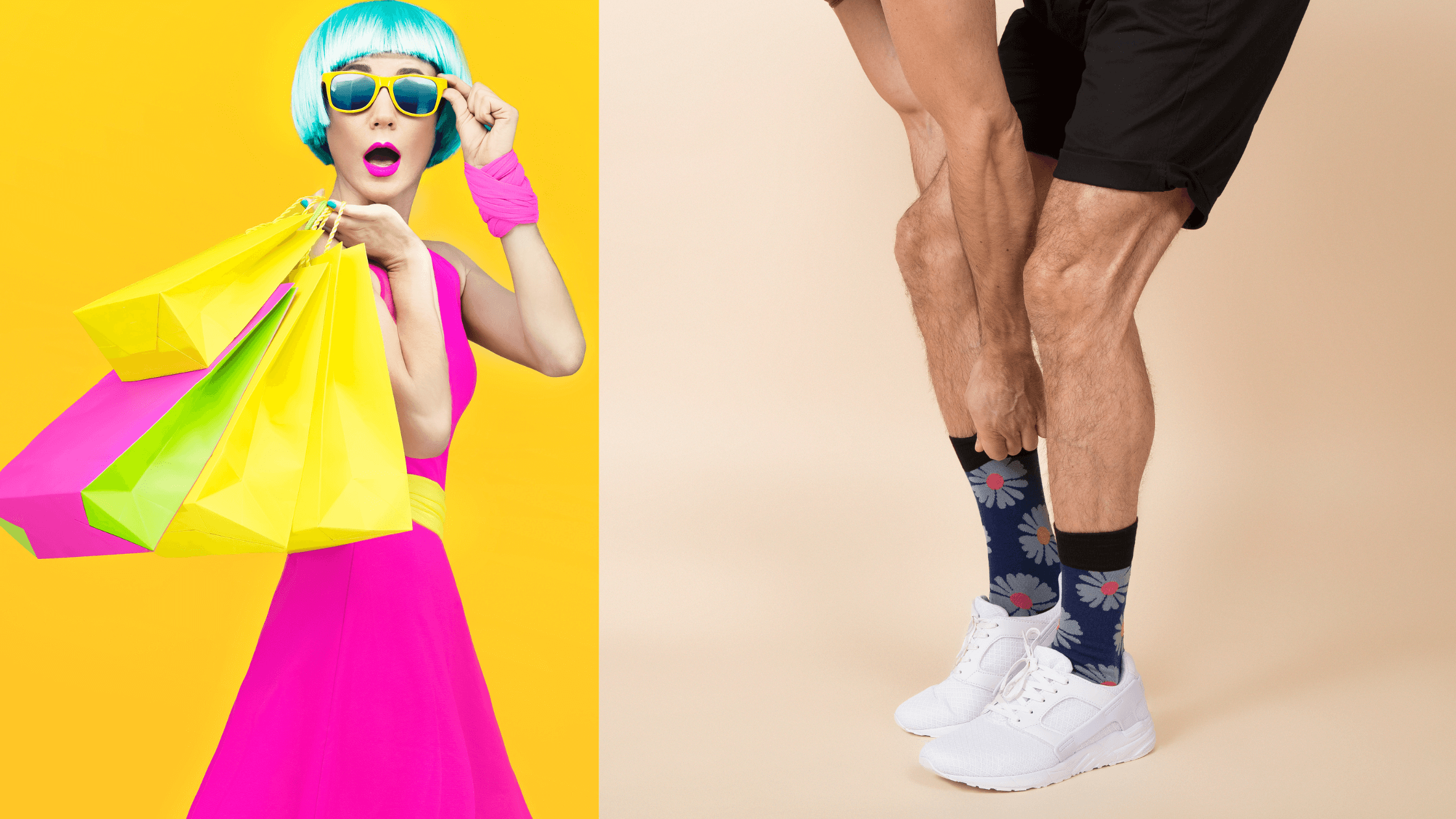
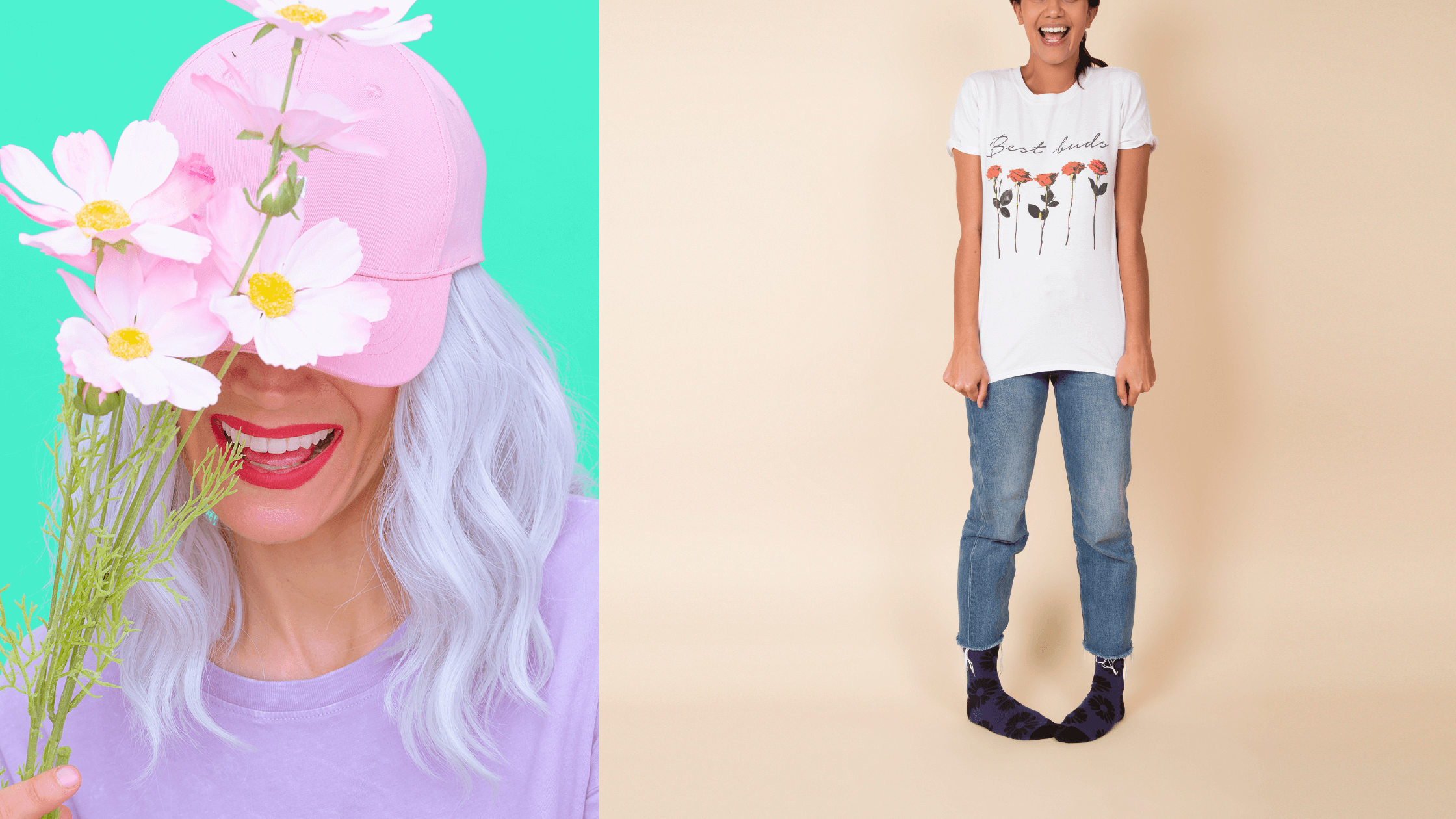
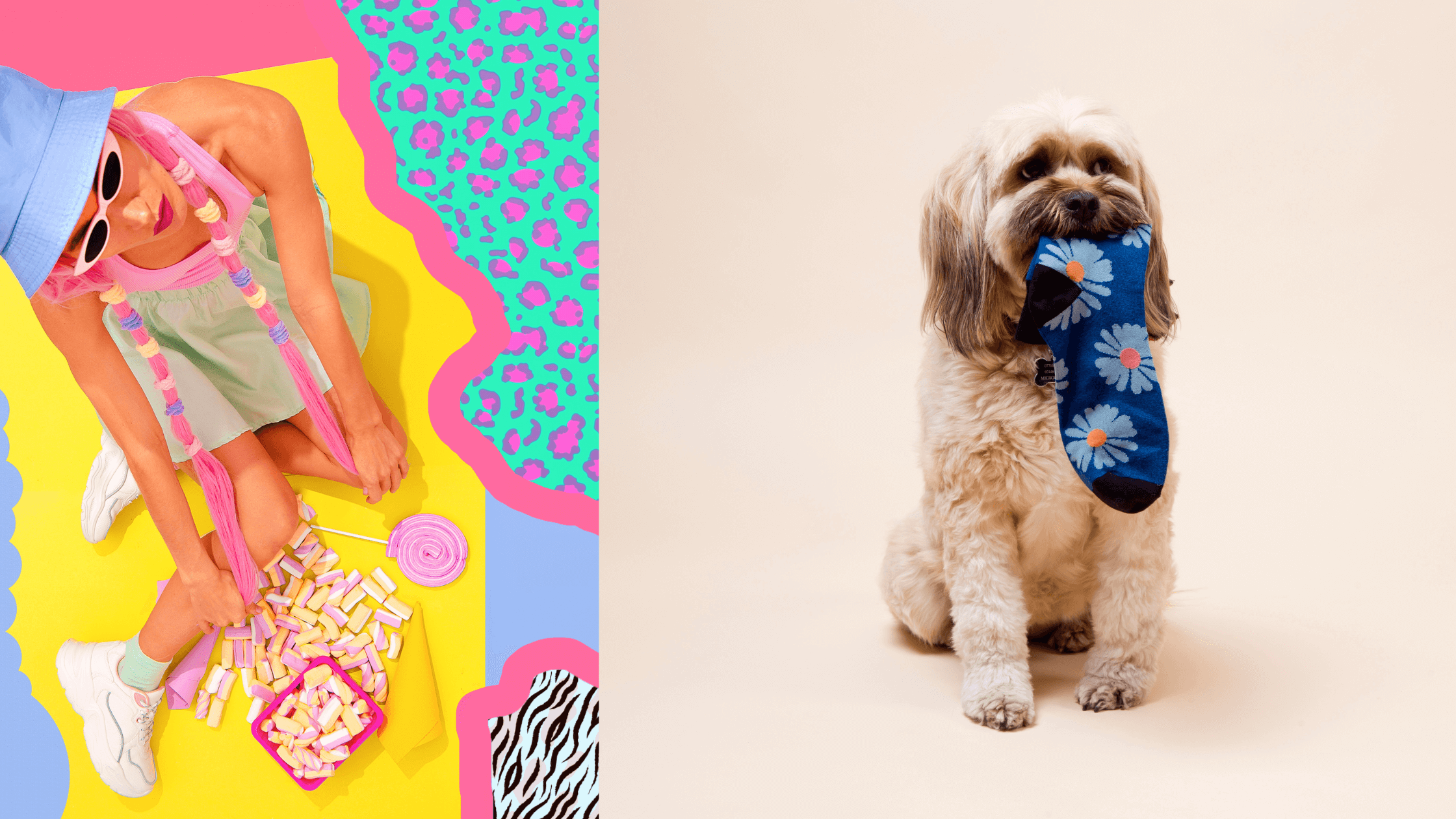

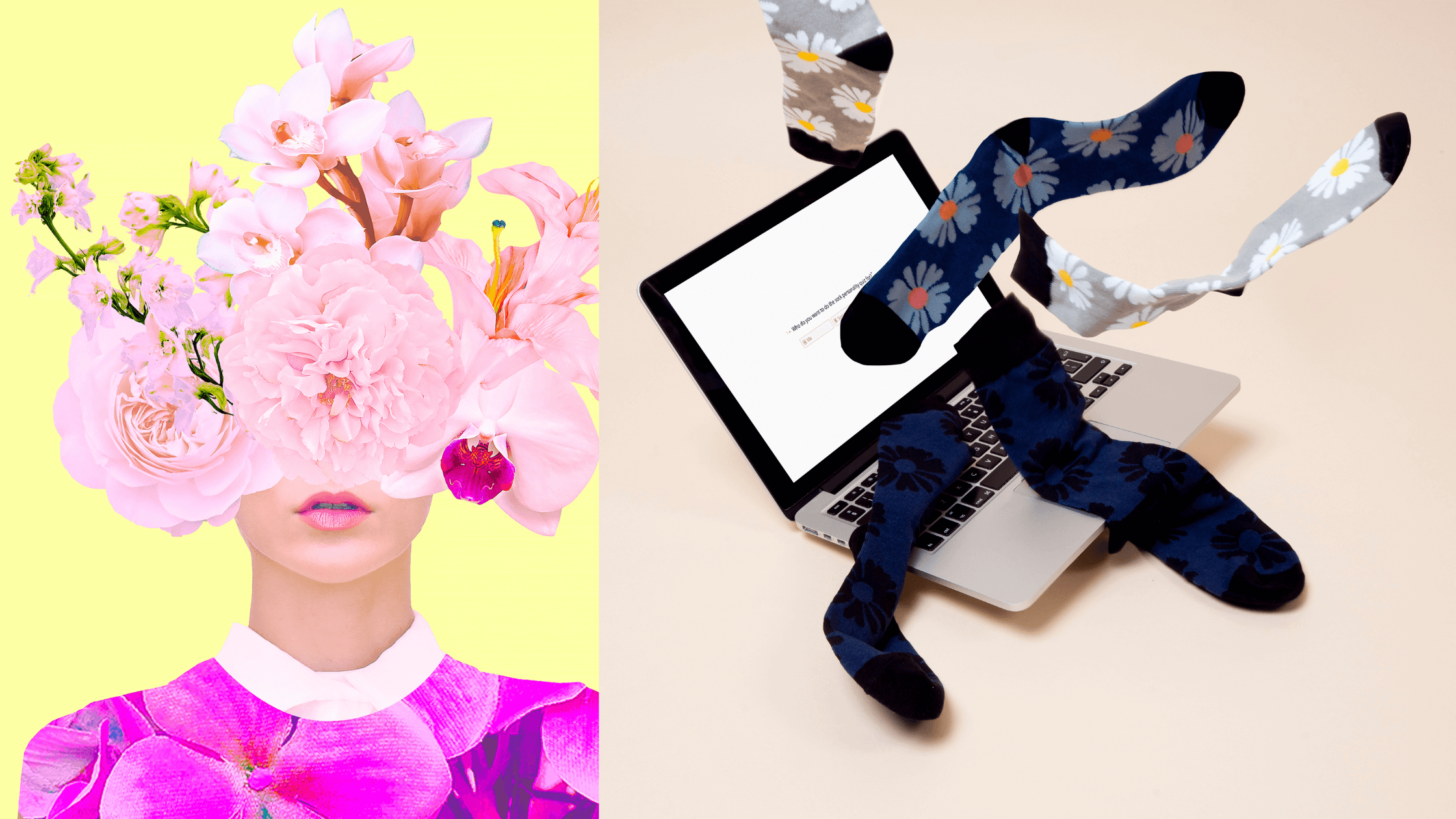




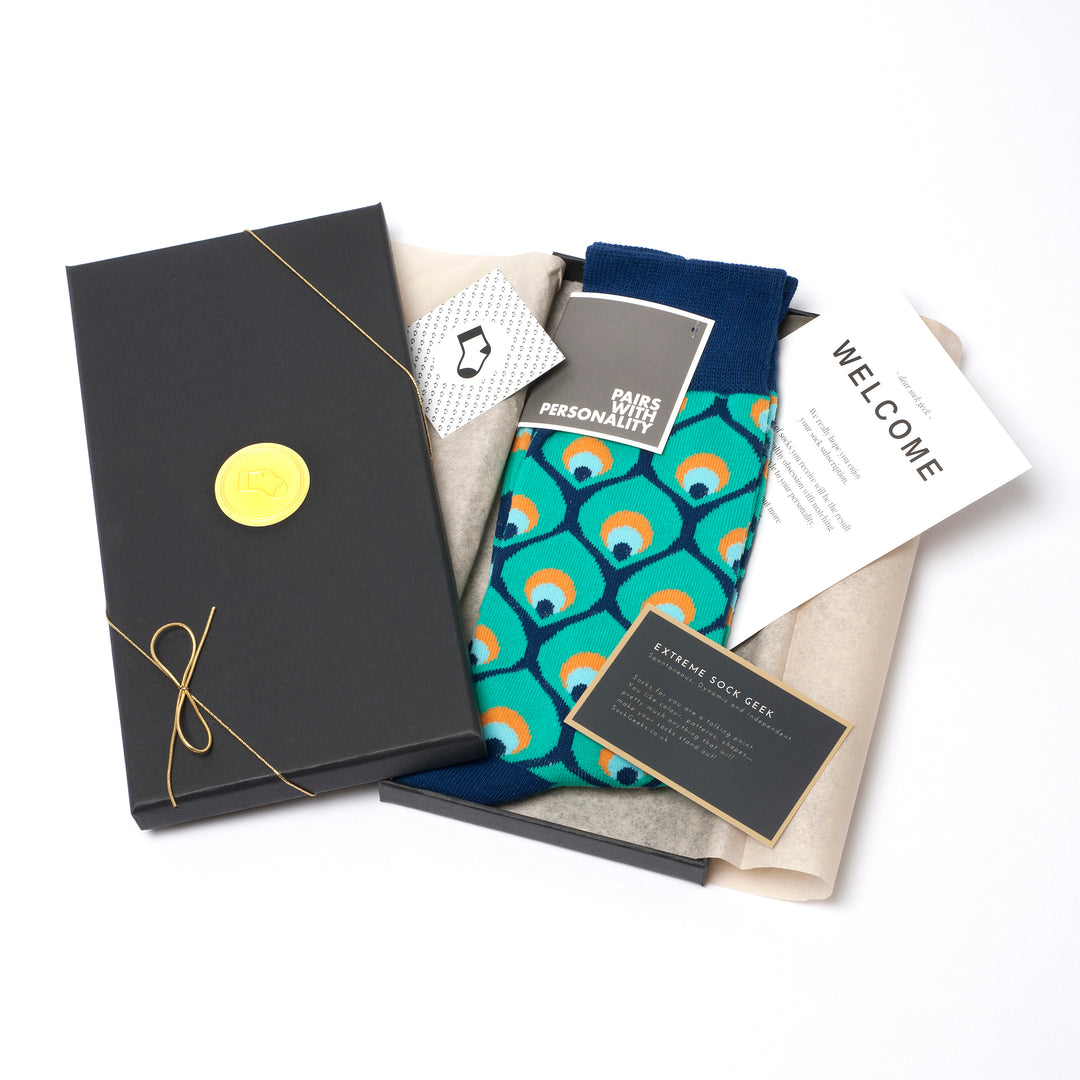

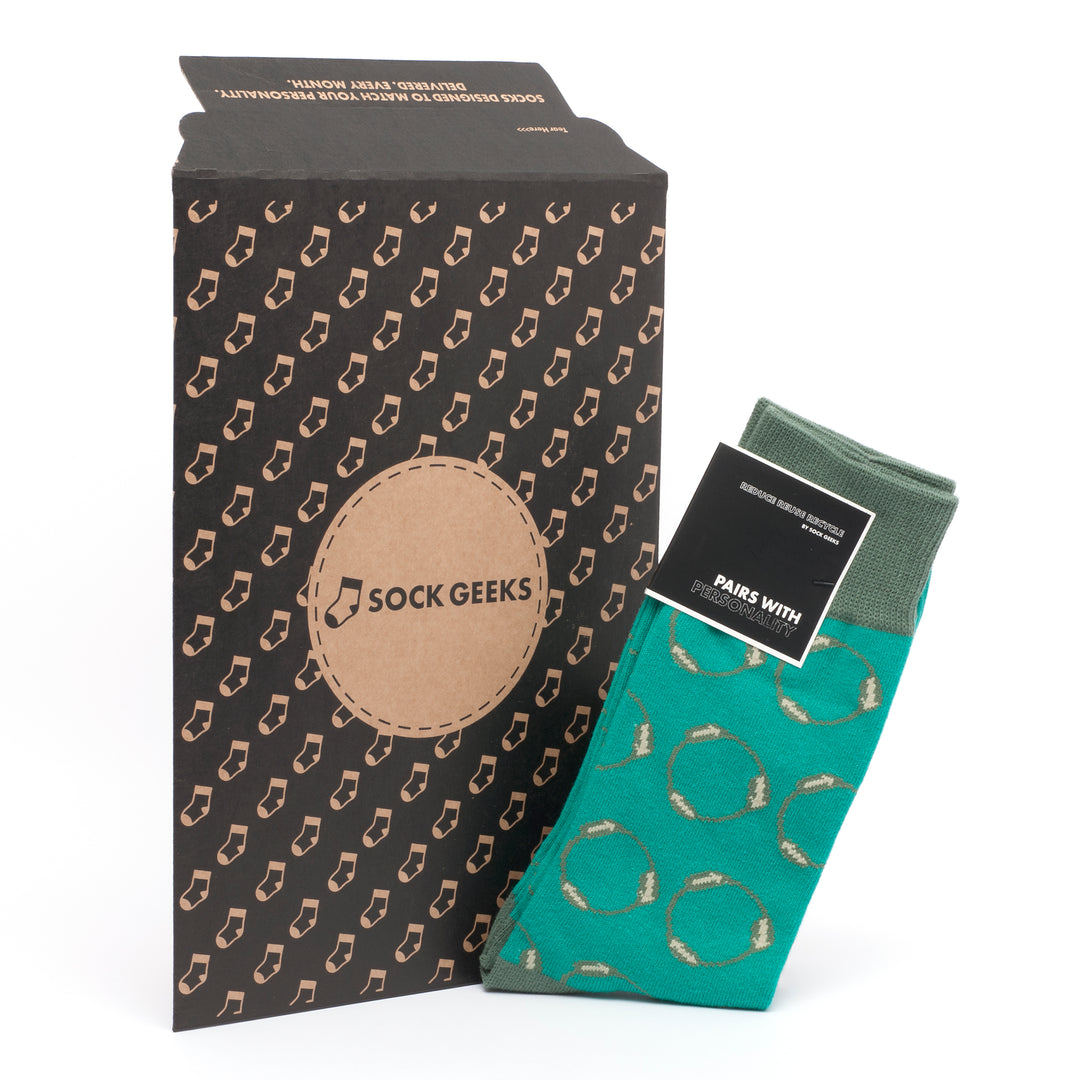
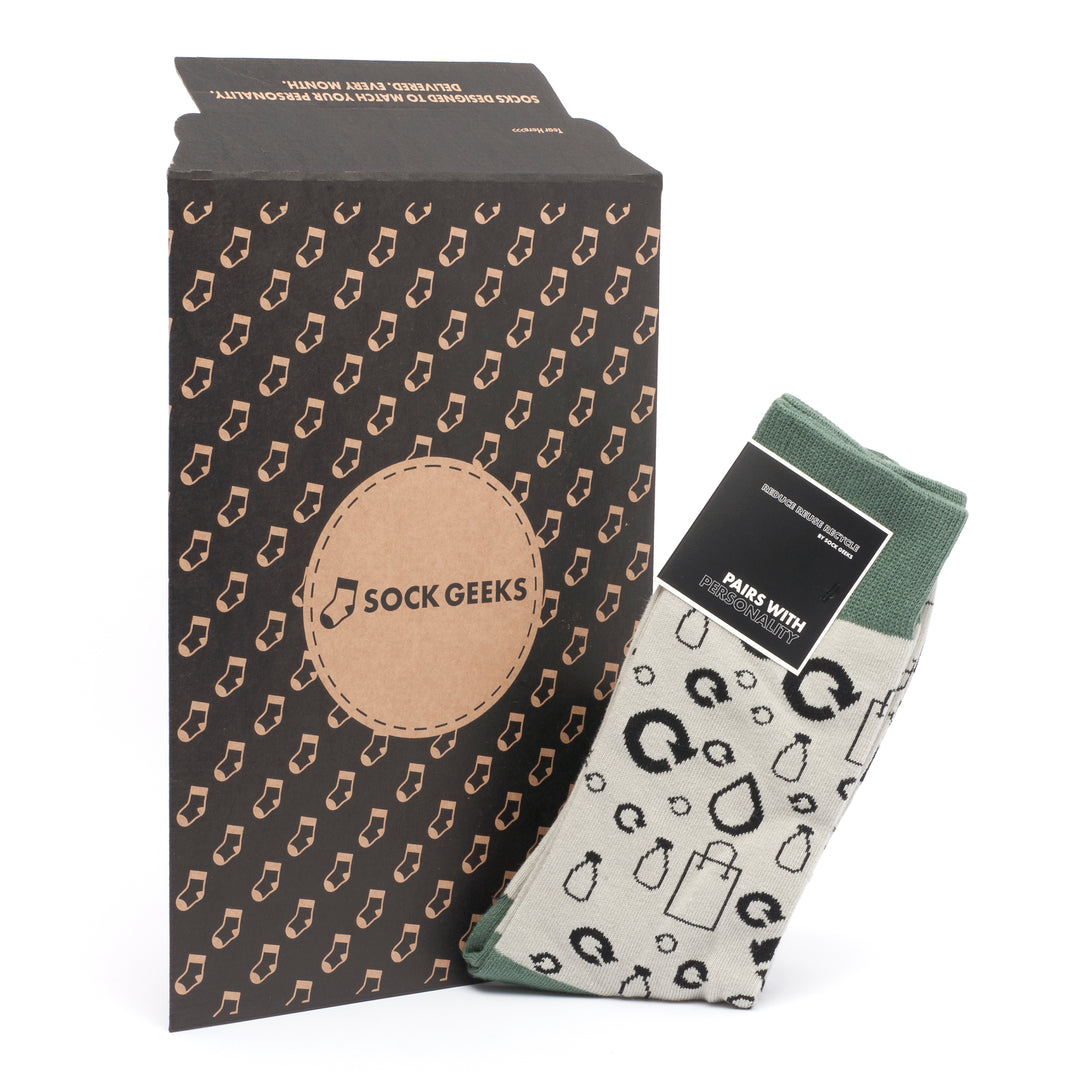



Leave a comment